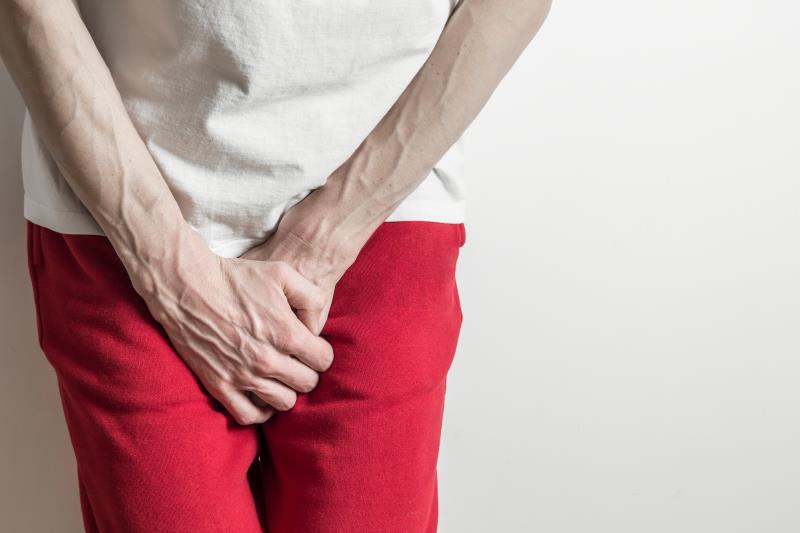Content on this page:
Content on this page:
Overview
Urinary incontinence is a complaint of involuntary urine
leakage, as stated in the Introduction
section.
Urinary incontinence is a common condition and increases in
prevalence, affecting both sexes. A detailed discussion about the prevalence of
urinary incontinence is in the Epidemiology
section.
Urinary incontinence may be caused by bladder dysfunction,
sphincter dysfunction, or both. Discussion on the functional changes in urinary
incontinence is in the Pathophysiology section.
While reversible and irreversible factors that can increase the likelihood of
urinary incontinence are listed in the Risk
Factors section.
The Classification
section enumerates and discusses the various types of urinary incontinence.
 Urinary Incontinence_Disease Summary
Urinary Incontinence_Disease SummaryHistory and Physical Examination
Clinical features to assess clinically in the diagnosis of urinary incontinence comparing both sexes are discussed in the History and Physical Examination sections.
Diagnosis
Diagnostic exams and suggested imaging modalities are further discussed in the Laboratory Tests and Ancillaries and Imaging sections.
Management
The Pharmacological
Therapy section discusses in detail the drug therapies used in
improving the symptoms of urinary incontinence as well as its duration of
therapy.
The Nonpharmacological
section includes lifestyle modification and programs to improve symptoms of
urinary incontinence.
The Monitoring
section identifies indications for specialist referrals in patients with
urinary incontinence.








